Don't wanna be here? Send us removal request.
Text










Gisele Bündchen by Steven Meisel 1999, Vogue Italia
11 notes
·
View notes
Text
We dream to be ourselves.
Why do we dream?
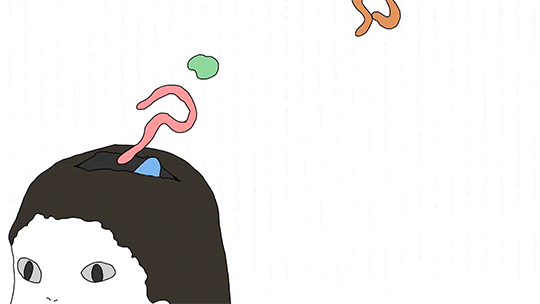
In the 3rd millennium BCE, Mesopotamian kings recorded and interpreted their dreams on wax tablets. In the years since, we haven’t paused in our quest to understand why we dream. And while we still don’t have any definitive answers, we have some theories. Here are seven reasons we might dream.

1. In the early 1900’s, Sigmund Freud proposed that while all of our dreams, including our nightmares, are a collection of images from our daily conscious lives, they also have symbolic meanings which relate to the fulfillment of our subconscious wishes. Freud theorized that everything we remember when we wake up from a dream is a symbolic representation of our unconscious, primitive thoughts, urges and desires. Freud believed that by analyzing those remembered elements, the unconscious content would be revealed to our conscious mind, and psychological issues stemming from its repression could be addressed and resolved.

2. To increase performance on certain mental tasks, sleep is good, but dreaming while sleeping is better. In 2010, researchers found that subjects were much better at getting through a complex 3D maze if they had napped and dreamed of the maze prior to their second attempt. In fact, they were up to ten times better at it than those who only thought of the maze while awake between attempts, and those who napped but did not dream about the maze. Researchers theorize that certain memory processes can happen only when we are asleep, and our dreams are a signal that these processes are taking place.

3. There are about ten thousand trillion neural connections within the architecture of your brain. They are created by everything you think, and everything you do. A 1983 neurobiological theory of dreaming, called “reverse learning,” holds that while sleeping, and mainly during REM sleep cycles, your neocortex reviews these neural connections and dumps the unnecessary ones. Without this unlearning process, which results in your dreams, your brain could be overrun by useless connections, and parasitic thoughts could disrupt the necessary thinking you need to do while you’re awake.
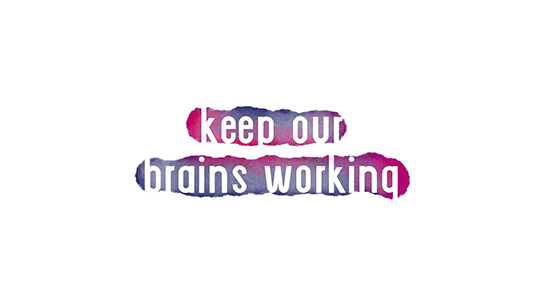
4. The “Continual Activation Theory” proposes that your dreams result from your brain’s need to constantly consolidate and create long term memories in order to function properly. So when external input falls below a certain level, like when you’re asleep, your brain automatically triggers the generation of data from its memory storages, which appear to you in the form of the thoughts and feelings you experience in your dreams. In other words, your dreams might be a random screensaver your brain turns on so it doesn’t completely shut down.

5. Dreams involving dangerous and threatening situations are very common, and the Primitive Instinct Rehearsal Theory holds that the content of a dream is significant to its purpose. Whether it’s an anxiety filled night of being chased through the woods by a bear, or fighting off a ninja in a dark alley, these dreams allow you to practice your fight or flight instincts and keep them sharp and dependable, in case you’ll need them in real life. But it doesn’t always have to be unpleasant; for instance, dreams about your attractive neighbor could actually give your reproductive instinct some practice too.
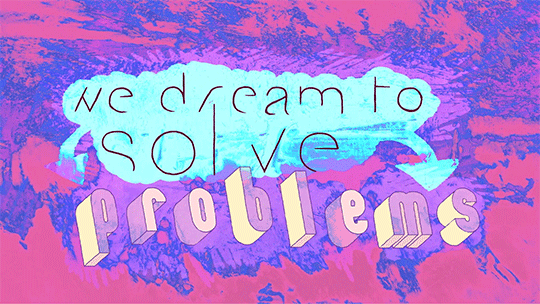
6. Stress neurotransmitters in the brain are much less active during the REM stage of sleep, even during dreams of traumatic experiences, leading some researchers to theorize that one purpose of dreaming is to take the edge off painful experiences to allow for psychological healing. Reviewing traumatic events in your dreams with less mental stress may grant you a clearer perspective and an enhanced ability to process them in psychologically healthy ways. People with certain mood disorders and PTSD often have difficulty sleeping, leading some scientists to believe that lack of dreaming may be a contributing factor to their illnesses.

7. Unconstrained by reality and the rules of conventional logic, in your dreams your mind can create limitless scenarios to help you grasp problems and formulate solutions that you may not consider while awake. John Steinbeck called it “the Committee of Sleep” and research has demonstrated the effectiveness of dreaming on problem solving. It’s also how renowned chemist August Kekule discovered the structure of the benzene molecule, and it’s the reason that sometimes the best solution for a problem is to “sleep on it”.
And those are just a few of the more prominent theories. As technology increases our capability for understanding the brain, it’s possible that one day we will discover the definitive reason for them; but until that time arrives, we’ll just have to keep on dreaming.
From the TED-Ed Lesson Why do we dream? - Amy Adkins
Animation by @clamanne
4K notes
·
View notes
Audio
Real virtual story of Lana for SANDROMEDA
0 notes
Audio
(https://open.spotify.com/user/kaminariame/playlist/6Tf5S6tKlLvjjSZ4y4Xkteから)
2 notes
·
View notes
Audio
2 notes
·
View notes
Audio
0 notes
Photo





Winter has descended on North Dakota. A blizzard swept through the state earlier this week, shutting down nearly 300 miles of interstate highway there. And the weather doesn’t promise to relent in the coming months.
In the midst of it all, a large group of protesters remains at the temporary camps on the northern edge of the Standing Rock Sioux Reservation.
The movement, which started in early 2016, had small roots but grew into the thousands, drawing support from Native Americans from across the country, as well as activists who joined in solidarity against the proposed route of the 1,172-mile Dakota Access Pipeline just north of the reservation.
Last week those protests won a concession from the federal government: The Army Corps of Engineers announced it would deny the permit necessary to build the oil pipeline in that area. And now, with an eye toward the impending winter weather, the chairman of the Standing Rock Sioux tribe in North Dakota is asking people camping near the route to go home.
Still, many “water protectors” have vowed to hold their ground.
Here are some of their own stories, their experiences at the camp and their reasons for joining the protest — in their own words.
In Their Own Words: The ‘Water Protectors’ Of Standing Rock
Photos: Cassi Alexandra for NPR
835 notes
·
View notes
Photo

Zye Norris. The solitary road. via deus ex machina
11K notes
·
View notes
Photo

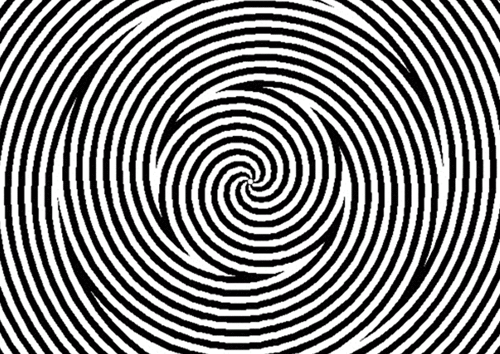

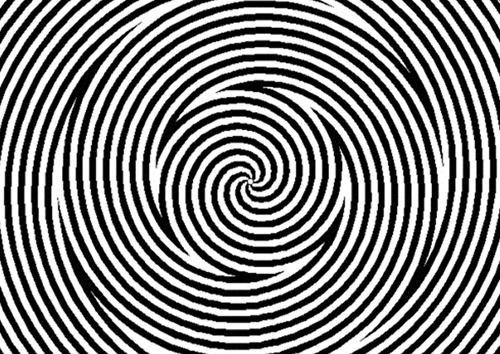



Well, this is definitely the most fun I’ve had while making a post.
Inspired by this one from capnphaggit. Images & copyrights: Trifid Nebula (M20) by Marcus Davies, The Cat’s Eye Nebula and Star-forming region Sharpless 2-106 by NASA, ESA, the Hubble Heritage Team (STScI/AURA). Please don’t remove the credits.
211K notes
·
View notes
Text
TBIM, with sincere regret…
CREATIVE FREEDOM Radio streaming was suddenly stopped. Many independent radio producers were also blown off. We’ve received a serious message from our streaming service provider.
---
Hi All,
Following the increase of the CRB rates for the royalties in the United States and the absence of specific rates for Small Pure Play Webcasters, we are obliged to modify our streaming policy.
The new pricing system multiplies by 6 the royalties that we have to pay. We have decided to continue to discuss with the right owners to explain them the fundamental differences between a service like ours and other players in the industry. We want that they understand the utility of Internet radios stations like ours that are promoting new artists or music genres.
In order to limit our audience, the stations will not be accessible on TuneIn anymore and we have also decided to not pay stations producers for their US listening hours anymore as of May 1st 2016.
These are temporarily measures and we are confident that we will be able to revise it when a positive change with the US rates is applied.
---
Too bad, it's Monday.. (x_x; )
Helpless in the face of big swell.
1 note
·
View note
Text
What are Gravitational Waves?
Today, the National Science Foundation (NSF) announced the detection of gravitational waves by the Laser Interferometer Gravitational-Wave Observatory (LIGO), a pair of ground-based observatories. But…what are gravitational waves? Let us explain:

Gravitational waves are disturbances in space-time, the very fabric of the universe, that travel at the speed of light. The waves are emitted by any mass that is changing speed or direction. The simplest example is a binary system, where a pair of stars or compact objects (like black holes) orbit their common center of mass.
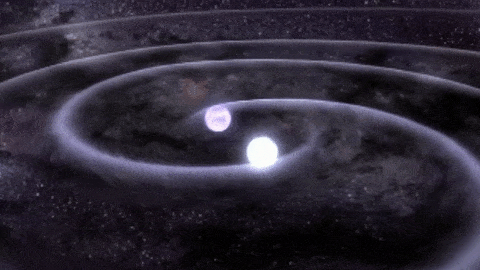
We can think of gravitational effects as curvatures in space-time. Earth’s gravity is constant and produces a static curve in space-time. A gravitational wave is a curvature that moves through space-time much like a water wave moves across the surface of a lake. It is generated only when masses are speeding up, slowing down or changing direction.
Did you know Earth also gives off gravitational waves? Earth orbits the sun, which means its direction is always changing, so it does generate gravitational waves, although extremely weak and faint.
What do we learn from these waves?
Observing gravitational waves would be a huge step forward in our understanding of the evolution of the universe, and how large-scale structures, like galaxies and galaxy clusters, are formed.
Gravitational waves can travel across the universe without being impeded by intervening dust and gas. These waves could also provide information about massive objects, such as black holes, that do not themselves emit light and would be undetectable with traditional telescopes.

Just as we need both ground-based and space-based optical telescopes, we need both kinds of gravitational wave observatories to study different wavelengths. Each type complements the other.
Ground-based: For optical telescopes, Earth’s atmosphere prevents some wavelengths from reaching the ground and distorts the light that does.
Space-based: Telescopes in space have a clear, steady view. That said, telescopes on the ground can be much larger than anything ever launched into space, so they can capture more light from faint objects.
How does this relate to Einstein’s theory of relativity?
The direct detection of gravitational waves is the last major prediction of Einstein’s theory to be proven. Direct detection of these waves will allow scientists to test specific predictions of the theory under conditions that have not been observed to date, such as in very strong gravitational fields.
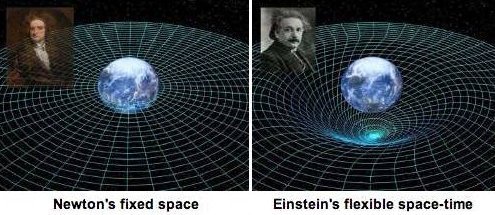
In everyday language, “theory” means something different than it does to scientists. For scientists, the word refers to a system of ideas that explains observations and experimental results through independent general principles. Isaac Newton’s theory of gravity has limitations we can measure by, say, long-term observations of the motion of the planet Mercury. Einstein’s relativity theory explains these and other measurements. We recognize that Newton’s theory is incomplete when we make sufficiently sensitive measurements. This is likely also true for relativity, and gravitational waves may help us understand where it becomes incomplete.
Make sure to follow us on Tumblr for your regular dose of space: http://nasa.tumblr.com
7K notes
·
View notes
Text
The time has come for us to consider seriously how to change our way of life not through prayer or religious teaching, but through education
— Dalai Lama (@DalaiLama) 2016年4月18日
0 notes
Text
This planet is our only home; we are all responsible for taking care of it. I’m happy to see leaders now taking climate change seriously.
— Dalai Lama (@DalaiLama)
2016年4月22日
0 notes



